This is the second blog in our series examining how lighting controls are used in commercial facilities. For a review of Part 1 – Types of Lighting Control Systems, click here, to review Part 3 – Know Your Technology Architecture, click here, to review Part 4 – Step Beyond Your Lighting Controls, click here.
Lighting is a significant operational expense for many businesses, and the right control strategies can drastically cut costs while enhancing the comfort and productivity of occupants. From simple manual adjustments to sophisticated automated systems, the spectrum of lighting control strategies offers a range of options customized to feed the needs and lighting goals of any facility.
In this blog, we will explore the various lighting control strategies that can transform the way commercial spaces are illuminated. Join us as we delve into the fundamental and advanced approaches to commercial lighting control, revealing how each strategy can contribute to a more efficient and effective lighting system.
Fundamental Lighting Control Strategies
Dimming
Dimming is a cornerstone of lighting control strategies, albeit not always considered a standalone strategy. Many modern lighting systems come equipped with dimmable power supplies, such as ballasts and LED drivers. By adjusting the brightness of fixtures, dimming reduces energy consumption proportionally. Dimming controls range from simple manual dimmer switches to sophisticated systems offering smooth, precise control over light levels. This capability allows for significant energy savings and enhances flexibility in lighting management.
Occupancy Sensing
Occupancy sensing is one of the most prevalent lighting control strategies. By employing motion sensors, these systems detect movement within a given area and automatically adjust lighting based on occupancy. This means lights can turn on when a space is in use and off when it is vacant, reducing unnecessary energy usage. Advanced occupancy sensors allow for customizable settings, such as varying time delays and activation levels, and can be integrated into wall switches, fixtures, or other components.
Scheduling
Scheduling is another effective strategy for managing lighting. Centralized lighting control systems often include scheduling capabilities that automate lighting based on time or day. For example, lights can be programmed to turn off after work hours. More advanced systems offer dynamic scheduling, adjusting lighting according to factors such as time of day, day of the week, or seasonal changes. This flexibility helps in reducing energy consumption while accommodating various building usage patterns.
Advanced Lighting Control Strategies
Daylight Harvesting
This leverages natural light to reduce reliance on artificial lighting. By using photocell sensors to measure ambient daylight, these systems adjust artificial lighting levels accordingly. This strategy not only cuts energy costs but also enhances the comfort and productivity of occupants. Daylight harvesting can be effectively combined with both dimming and non-dimming systems to optimize lighting throughout the day.
Task Tuning
Task tuning focuses on adjusting light levels to meet the specific needs of different spaces. Often, lighting levels are over-designed to ensure uniformity, leading to excessive energy use. Task tuning allows for the setting of maximum light levels based on actual requirements. For example, areas used primarily for computer work might only need 70% of the designed light level. Additionally, lumen maintenance ensures that light levels gradually increase over time to compensate for natural depreciation, maintaining consistent illumination.
Did you know we have a Lighting Controls Education Center? We cover everything from the basics to the different types of lighting control categories, general controls, strategies, and additional resources. Learn more about lighting controls and how they can save you significantly by clicking here.
Demand Response (DR)
DR is a strategy aimed at reducing peak energy demand in exchange for financial incentives from utilities. By lowering lighting loads during peak times, buildings can help balance energy distribution and receive compensation. Auto-DR technology further automates this process, enabling systems to respond to DR events by adjusting lighting levels without manual intervention.
Personal Control
Personal control provides occupants with control over their lighting and can significantly boost productivity and satisfaction. Personal control systems offer various methods for individuals to adjust lighting, including remote controls, desktop dimmers, or even virtual switches accessible via computers or smartphones. This not only improves user comfort but also contributes to energy savings.
Energy Management Systems (EMS)
EMS is a software tool that allows facilities managers to monitor, report, and adjust energy usage. By analyzing data from lighting controls, these systems offer insights into usage patterns and recommend improvements. This ongoing optimization, known as Continuous Commissioning, helps to enhance the effectiveness of all other control strategies and ensures sustained energy savings.
Lighting controls can significantly improve a workplace and lead to happier, more productive employees. To learn more, read Major Benefits of Revamping Your Office with LED Lighting Controls!
Additional Lighting-Related Strategies
Automated Maintenance
Advanced lighting controls can facilitate automated maintenance by monitoring energy usage at the fixture level. This allows for early detection of malfunctions or failures and aids in scheduling timely maintenance. Automated systems can even reconfigure lighting setups in the event of component failures, minimizing disruption and maintenance costs.
BMS Integration
Integrating BMS through protocols enables centralized control of lighting along with other building systems. While this doesn’t directly reduce energy use, it simplifies management and reduces operational costs by providing a unified control interface for various building functions.
Navigating Lighting Control Strategies with Action Services Group
Incorporating the right lighting control strategies can significantly enhance energy efficiency and streamline building operations. By understanding and implementing techniques such as dimming, occupancy sensing, scheduling, and advanced methods like daylight harvesting and demand response, businesses can achieve substantial energy savings, improved occupant comfort, and streamlined operational management.
For expert guidance in implementing these strategies, Action Services Group is here to help. Their experienced team specializes in optimizing lighting solutions to meet your facility’s specific needs, ensuring you achieve your lighting goals efficiently and effectively. Partner with Action Services Group to transform your lighting approach and enhance your facility’s overall performance. Contact us today at 610-558-9773, via email at [email protected] or schedule a call by clicking the button below.

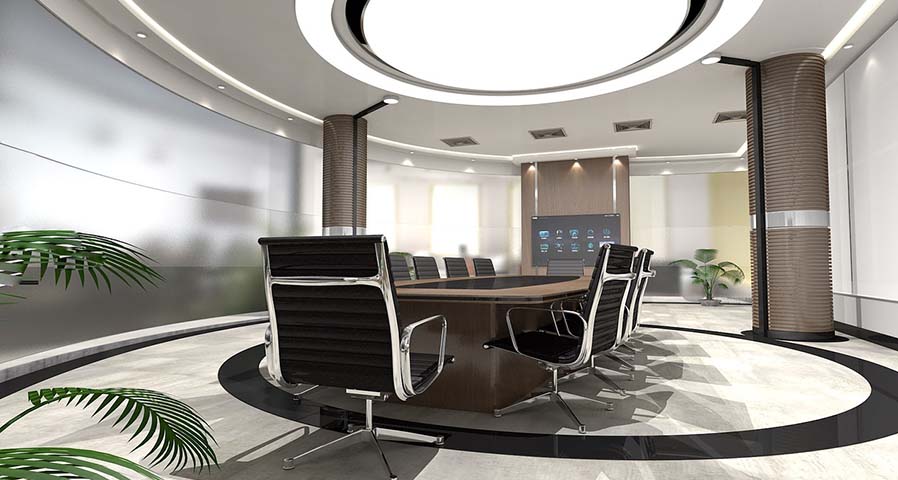

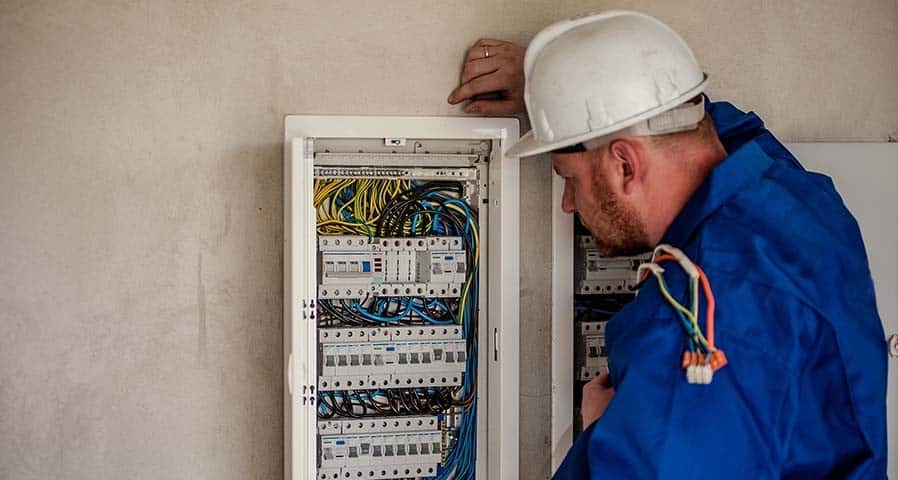

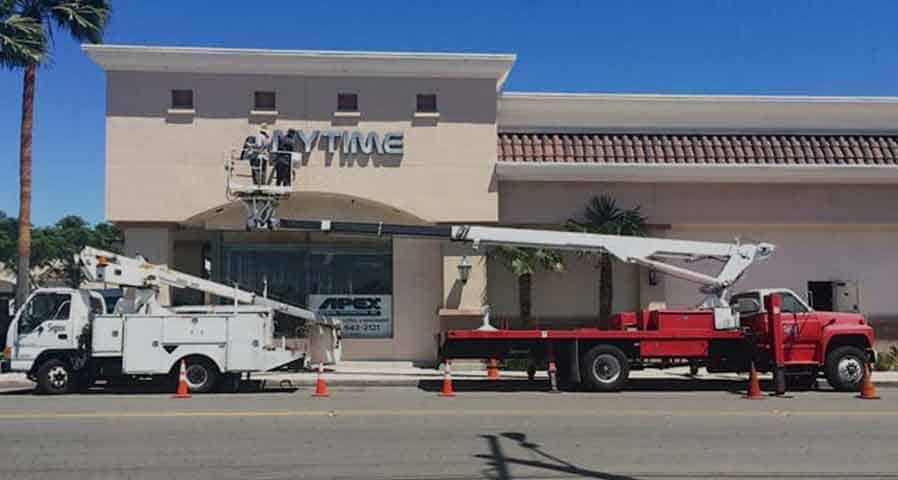

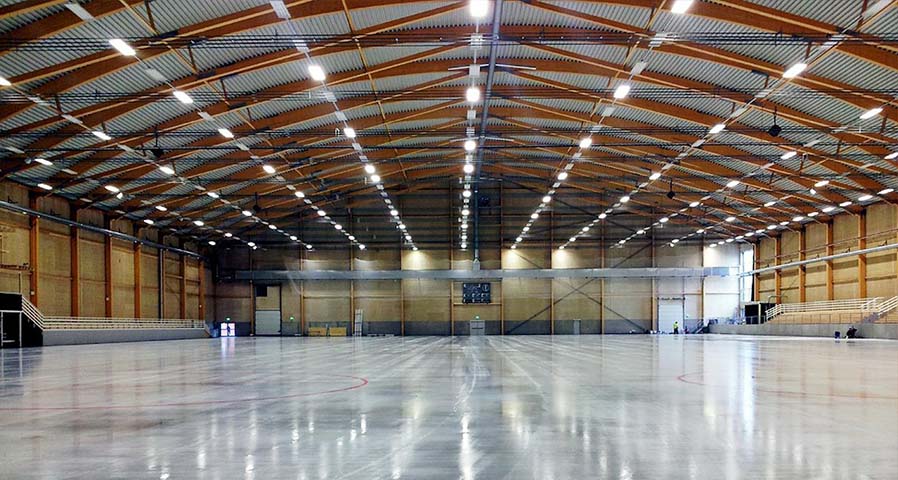








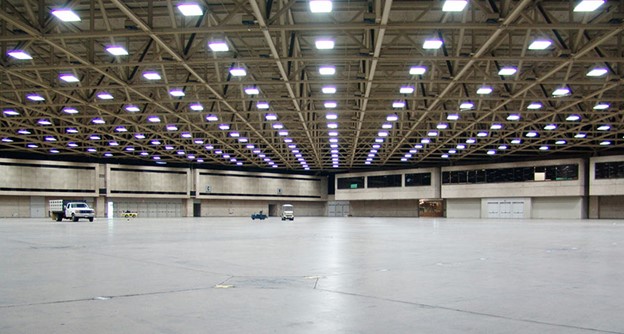


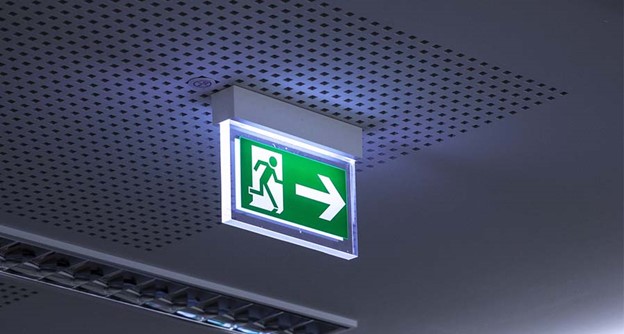
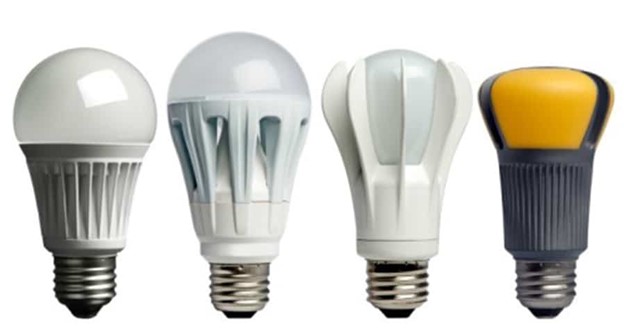
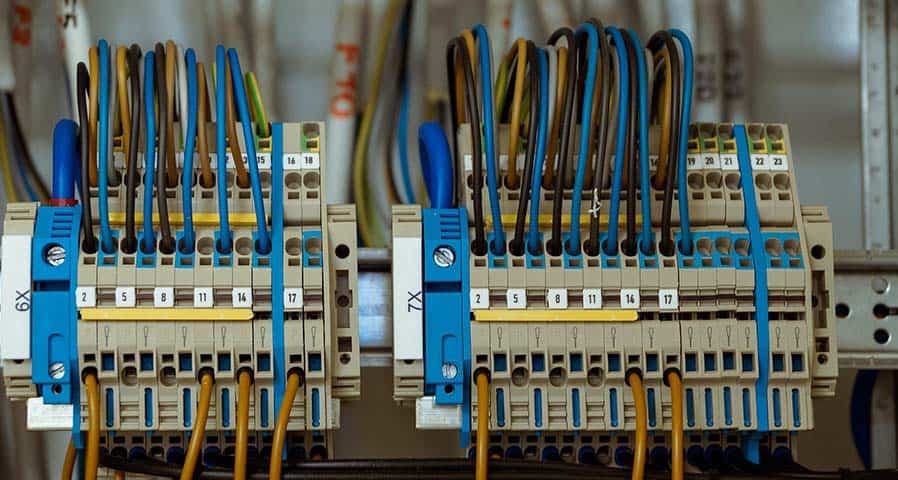





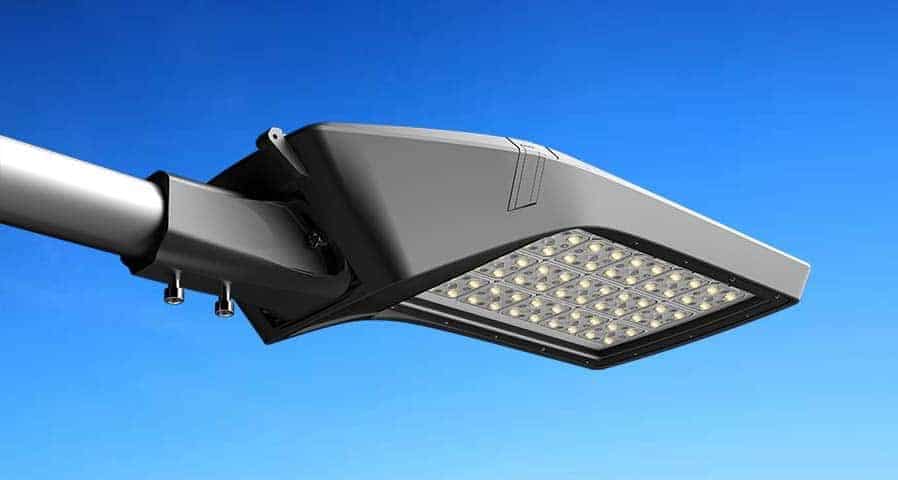
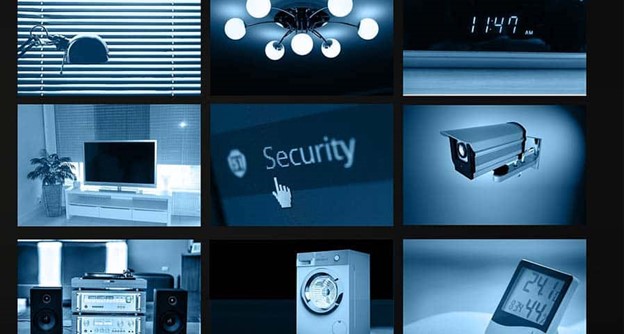

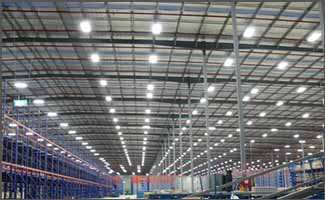




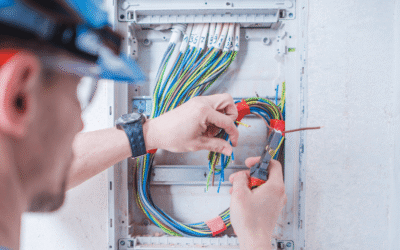
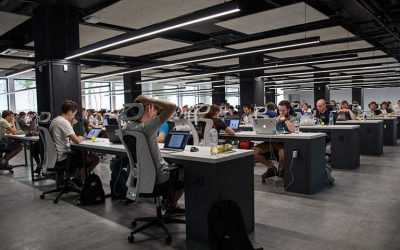




0 Comments